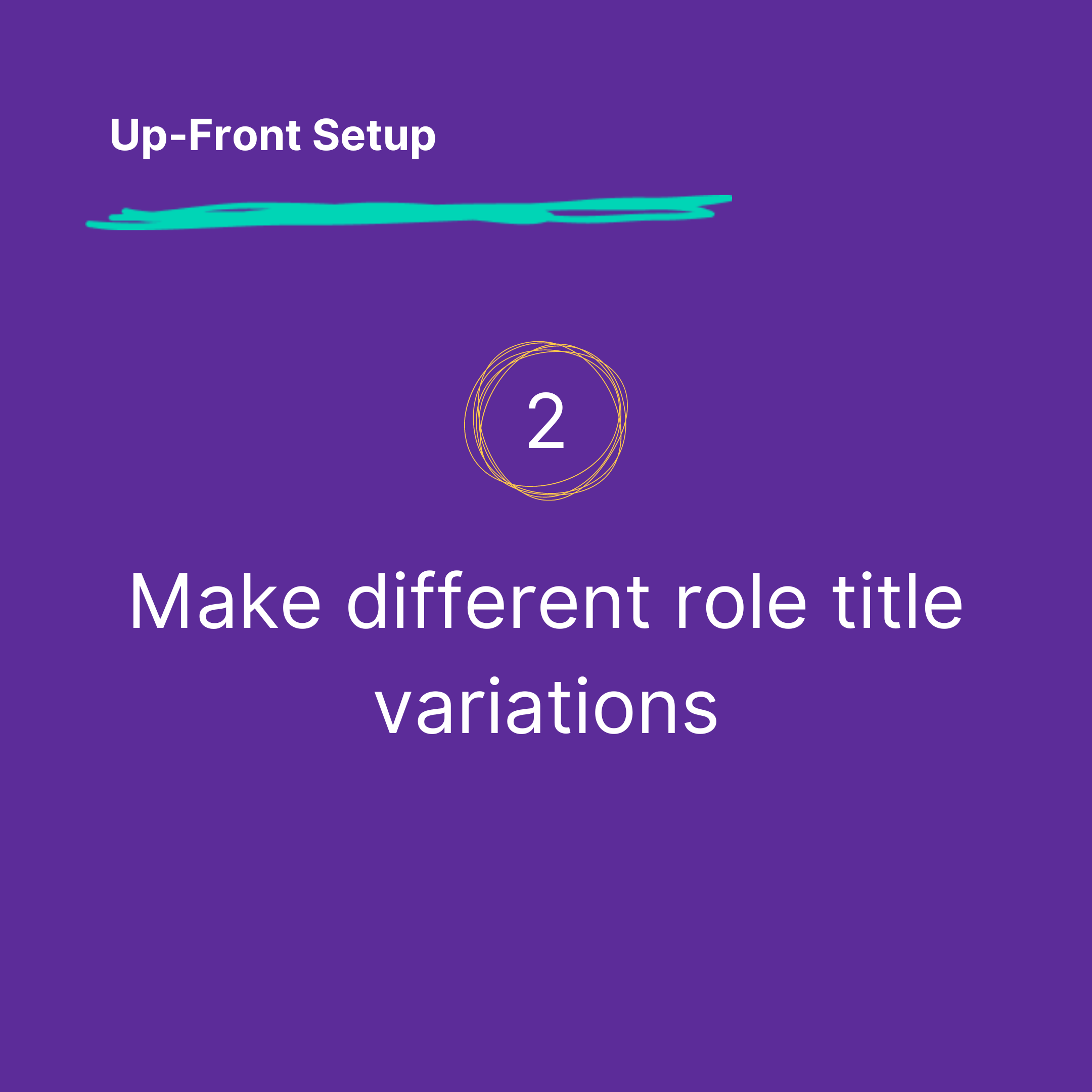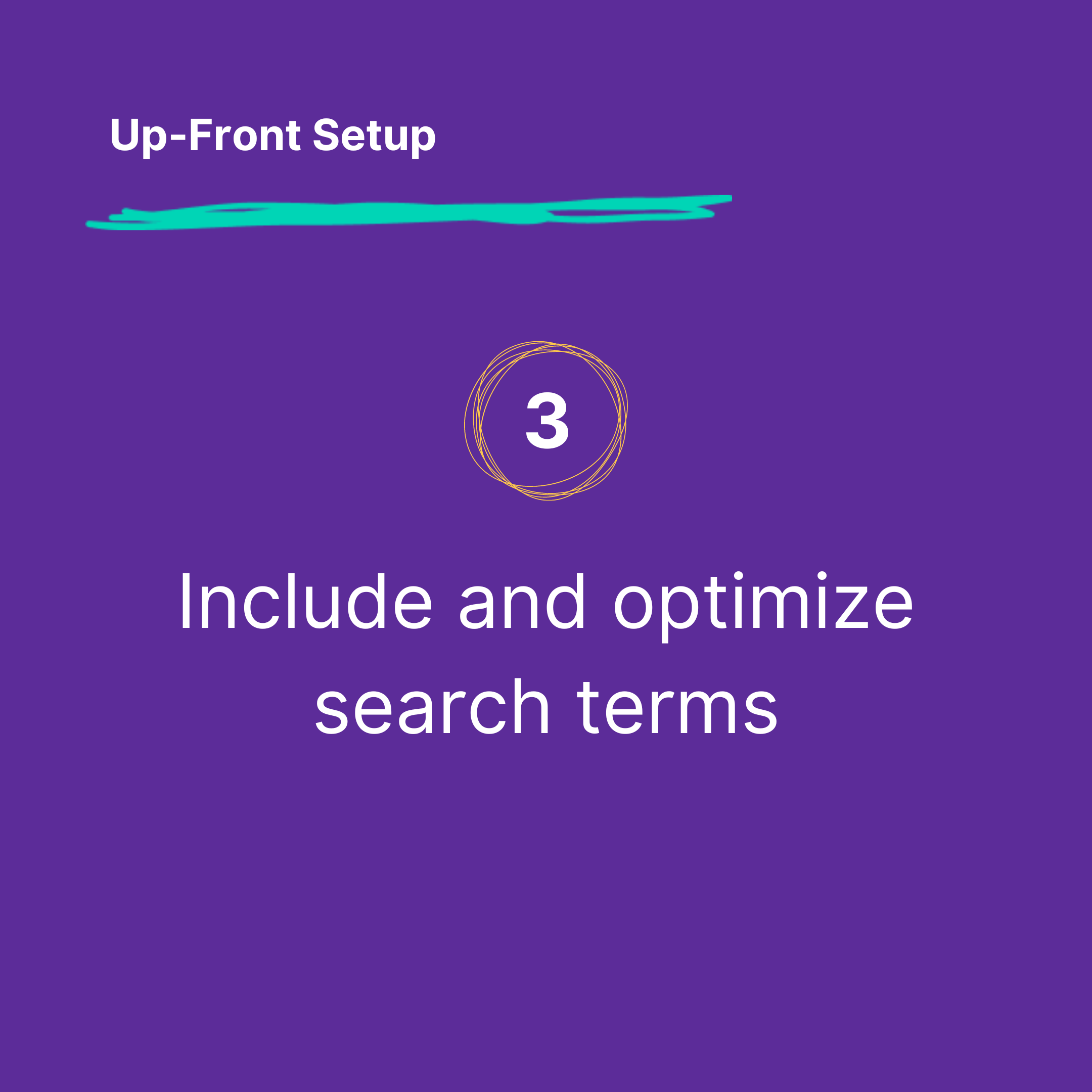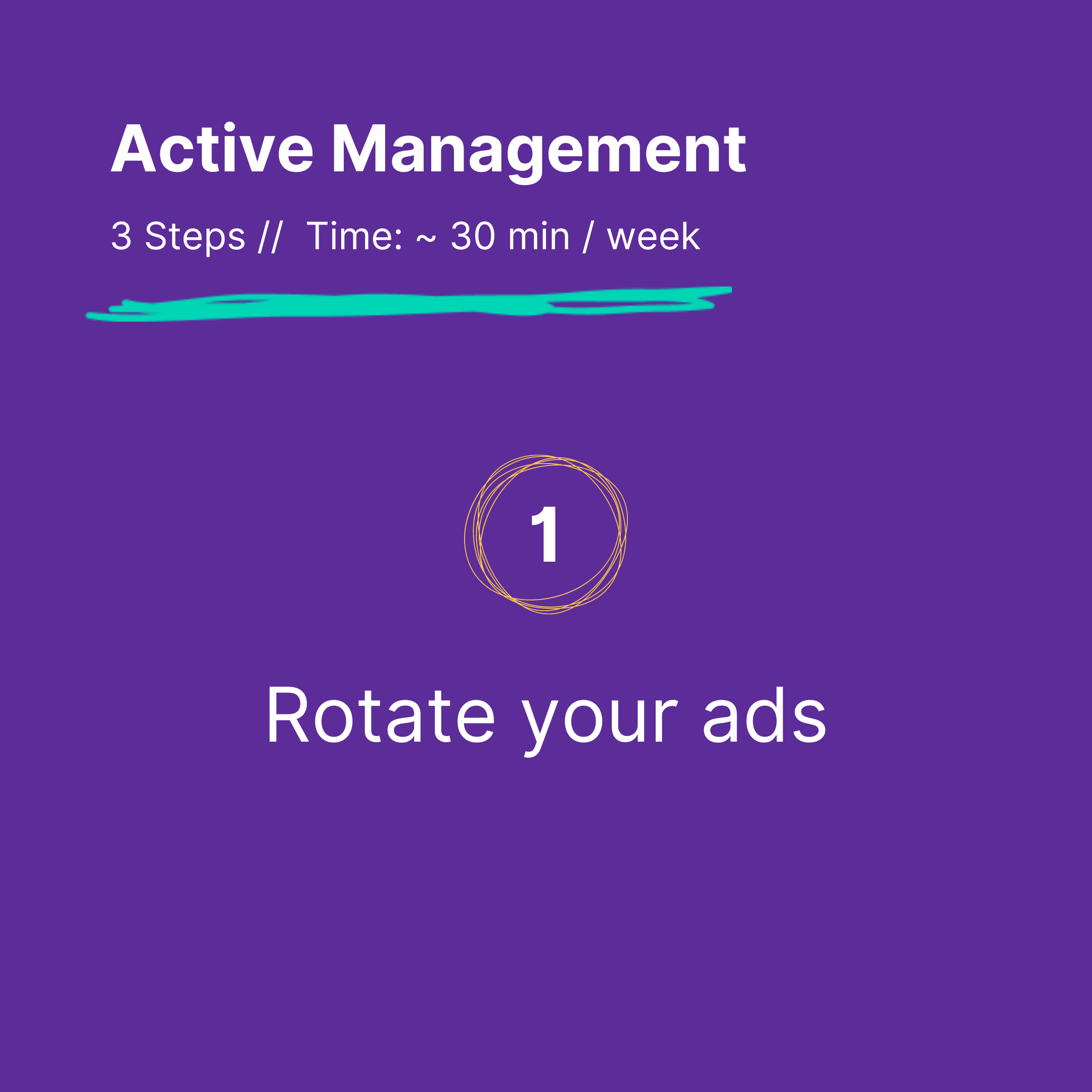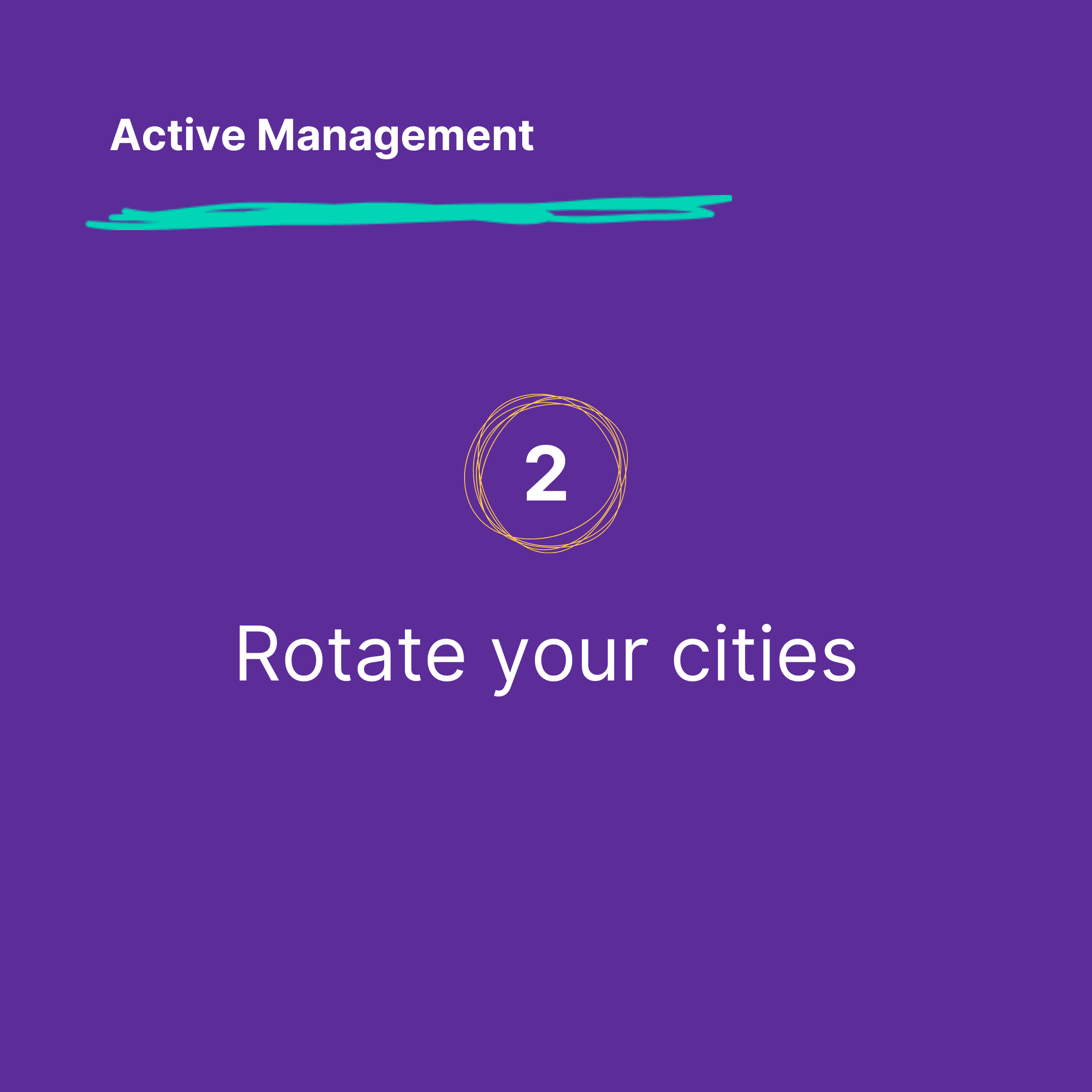You’re an engineering leader without a full time technical recruiter. You’re not a job board expert, but you need candidates. This is your no-fluff guide. No cold outbound. No 3% improvements. Just the 80/20 for hacking job boards.
After working with hundreds of companies hiring developers, we’ve noticed something surprising. There’s often a 5x to 10x volume difference in qualified candidates between seemingly identical companies.
And there’s one practice companies aren’t doing that’s slashing their candidate flow: active job board management. Instead of relying on your Applicant Tracking System to do everything, you can 10x your results by running the system yourself.








